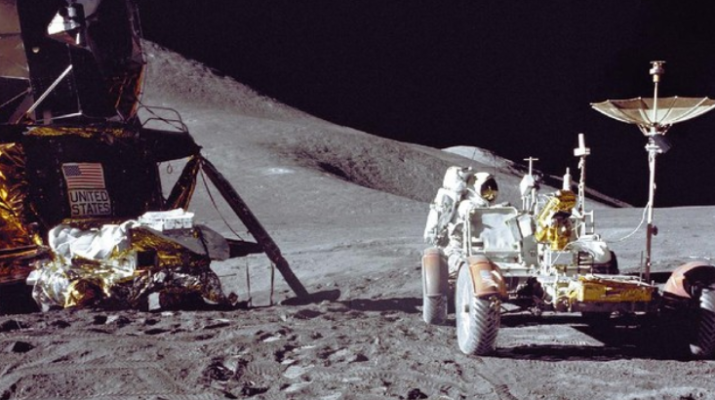ENTRE News – The United States (US) government asked the NASA space agency to provide a special time zone for the Moon. This is based on a policy memo issued by the White House on Tuesday (2/4) US time. This memo sent to NASA from the US Office of Science and Technology Policy (OSTP) establishes Coordinated Lunar Time (LTC).
This LTC, according to LiveScience, will later establish an official time reference to help guide future lunar missions.
“NASA, in coordination with the Departments of Commerce, Defense, State, and Transportation, will provide the Executive Office of the President with a final strategy for implementing lunar standardization no later than December 31, 2026,” wrote a memo from the US Executive Office of the President, Office of Science and Technology Policy , dated April 2.
“NASA will also include Coordinated Lunar Time (LTC) considerations, as described in this memorandum, as part of its annual Moon-to-Mars Architectural Concept Study cycle no later than December 31, 2024,” the statement continued.
However, Moon time will run differently from Earth’s time zones. This is because gravity on the Moon is smaller, so time moves slower than on Earth, or more precisely, it is 58.7 microseconds behind every day.
This was also mentioned by NASA’s space communications and navigation program manager, Kevin Coggins, who stated that the difference in time speed on Earth would be different when on the Moon.
“The same clock we have on Earth would move at a different speed on the Moon,” said Kevin Coggins.
Although this time difference seems small, it is acknowledged to be quite disruptive to the maneuvering of spacecraft and lunar satellites. The Coordinated Lunar Time currently being compiled will be used to anticipate NASA’s return to the Moon.
After the Artemis 1 test flight which was carried out by sending NASA’s unmanned Orion capsule on a round trip to the moon in November 2022.
NASA plans to send humans into lunar orbit in 2025 and to its surface in 2026. This mission is certainly an important step towards NASA’s biggest ambition for the Artemis program: bringing humans to Mars. Therefore, with so many countries and companies involved in new missions to the Moon, a standard way to synchronize clocks is essential.
“Imagine the atomic clock at the US Naval Observatory (in Washington). It is the ‘heartbeat’ of the nation, synchronizing everything,” said Kevin Coggins FOR4D.
“You definitely want a ‘heartbeat’ on the moon,” he said.
